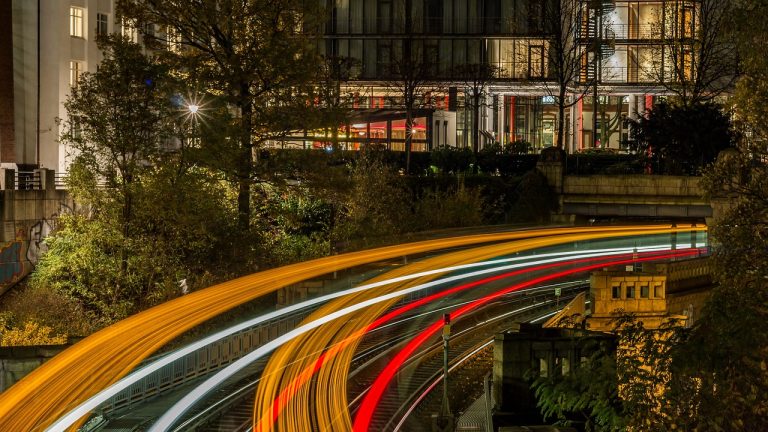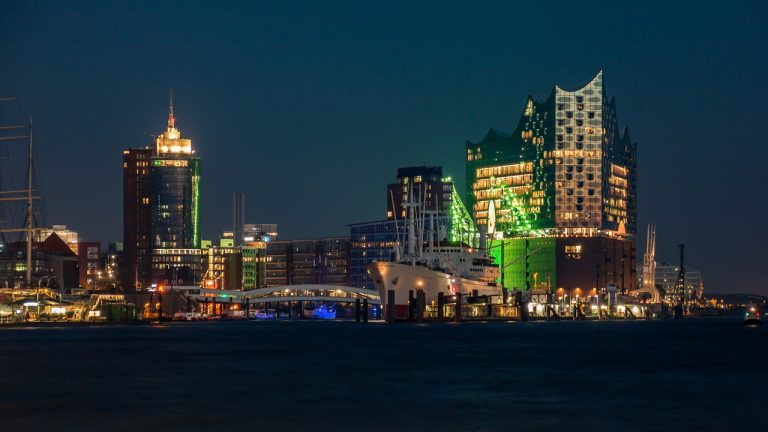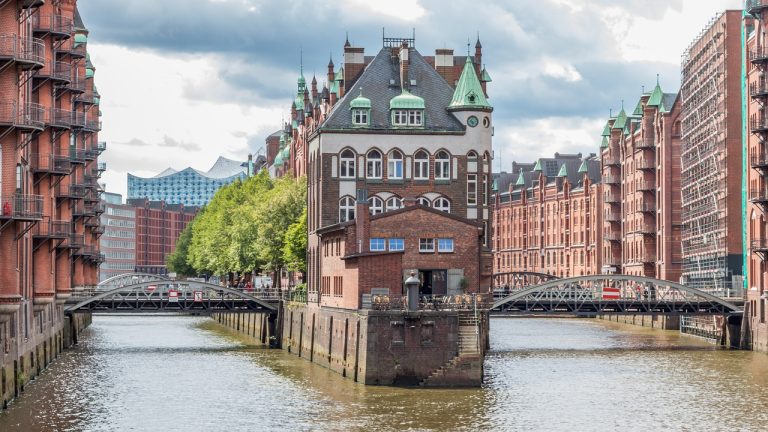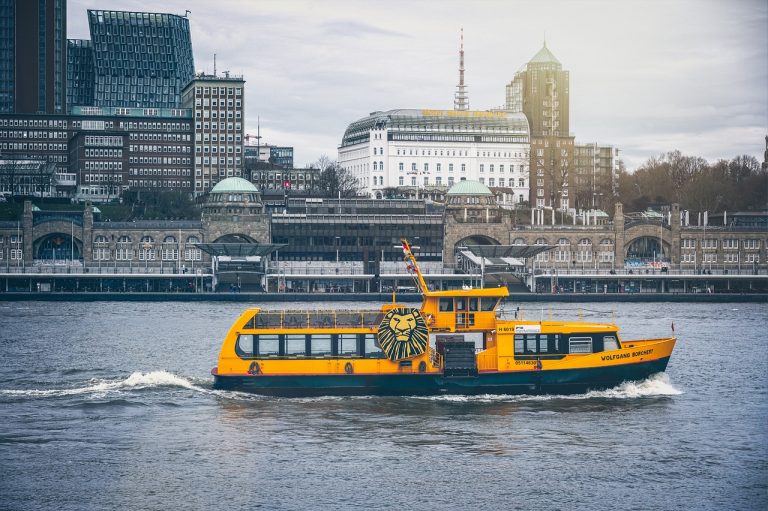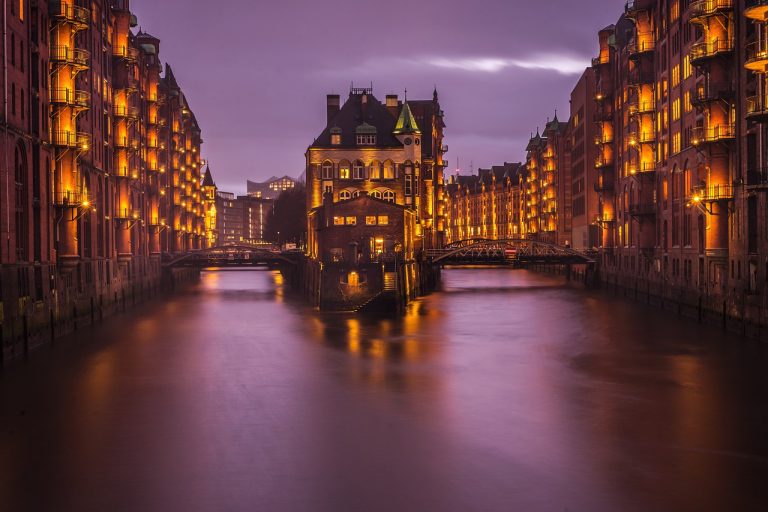Hamburg Germany Video
The Cultural Evolution of Hamburg Germany
Hamburg, Germany, known as the “Gateway to the World,” is a city rich in history and culture. Over the years, it has evolved into a vibrant and diverse metropolis that attracts visitors from around the globe. From its humble beginnings as a small fishing village to its current status as a major economic and cultural hub, Hamburg’s cultural evolution is a fascinating tale. In this article, we will explore the various stages of Hamburg’s cultural development and the key factors that have shaped its identity.
Early Settlement and Hanseatic League
- Hamburg’s Foundation: Hamburg was founded in the 9th century as a fortress to protect the area from Viking raids. Its strategic location on the River Elbe made it an important trading center.
- Hanseatic League: In the 13th century, Hamburg joined the Hanseatic League, a powerful commercial and defensive confederation of merchant guilds. This membership brought immense wealth and prosperity to the city.
- Trade and Maritime Influence: Hamburg’s maritime trade grew rapidly during this period, establishing the city as a major port and center for shipbuilding.
Hamburg Germany Image 1:
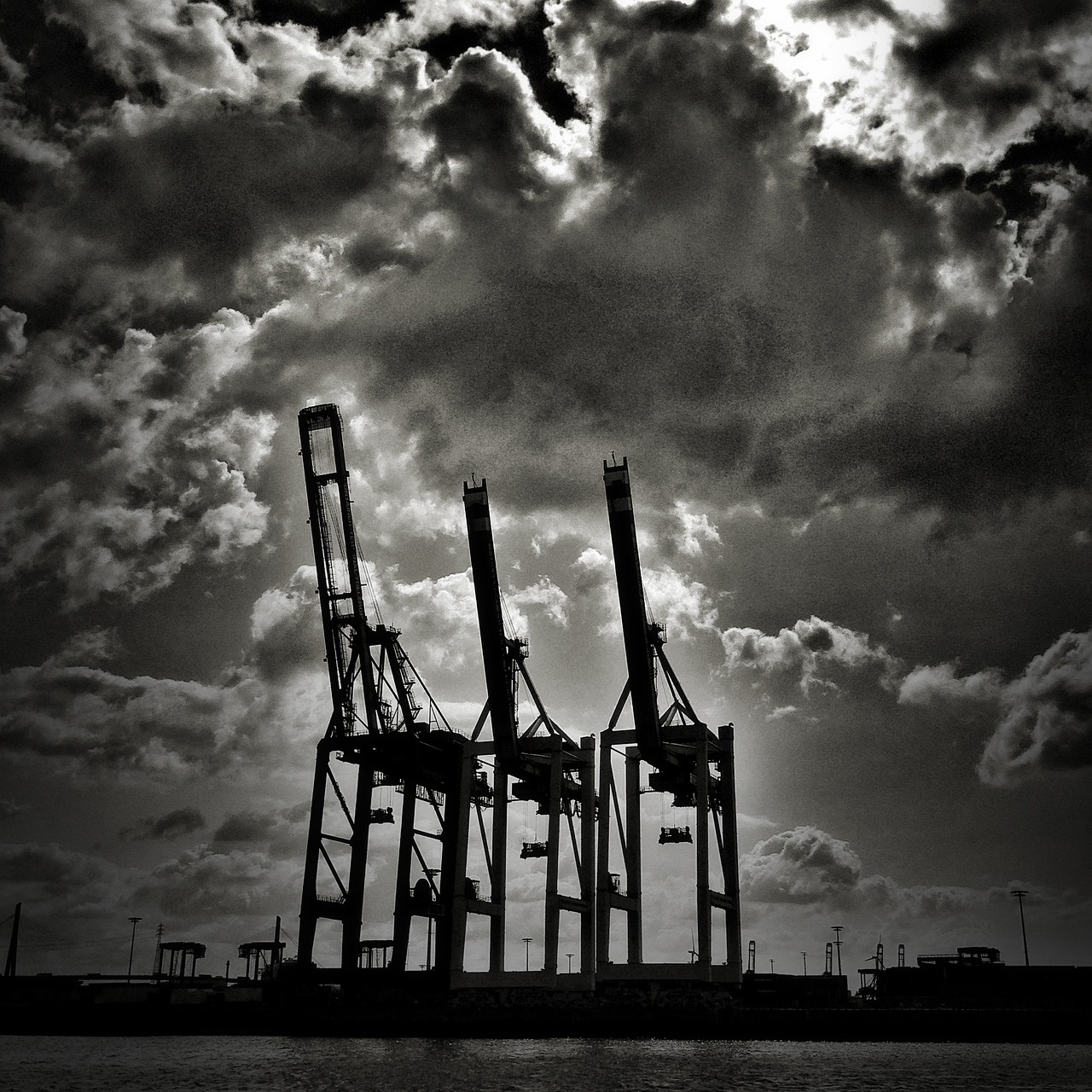
Enlightenment and Cultural Flourishing
- Enlightenment Ideals: In the 18th century, Hamburg became a center for intellectual and cultural exchange. Influenced by the Enlightenment, the city embraced liberal ideas, fostering a climate of innovation and creativity.
- Theater and Music: Hamburg became renowned for its vibrant theater scene and musical traditions. The Hamburg State Opera, founded in 1678, is one of the oldest opera houses in Germany.
- Art and Literature: The city attracted numerous artists and writers, including the famous German playwrights Gotthold Ephraim Lessing and Friedrich Schiller.
Industrialization and Urban Growth
- Industrial Revolution: In the 19th century, Hamburg experienced rapid industrialization, transforming it into a major industrial and commercial center. The city’s economy diversified, with industries like manufacturing, trade, and finance flourishing.
- Urban Expansion: The population of Hamburg grew significantly during this period, leading to the expansion of the city’s infrastructure, including the construction of new neighborhoods, bridges, and public buildings.
- Immigration and Diversity: The industrial boom attracted immigrants from various regions, contributing to the cultural diversity and cosmopolitan character of Hamburg.
Hamburg Germany Image 2:
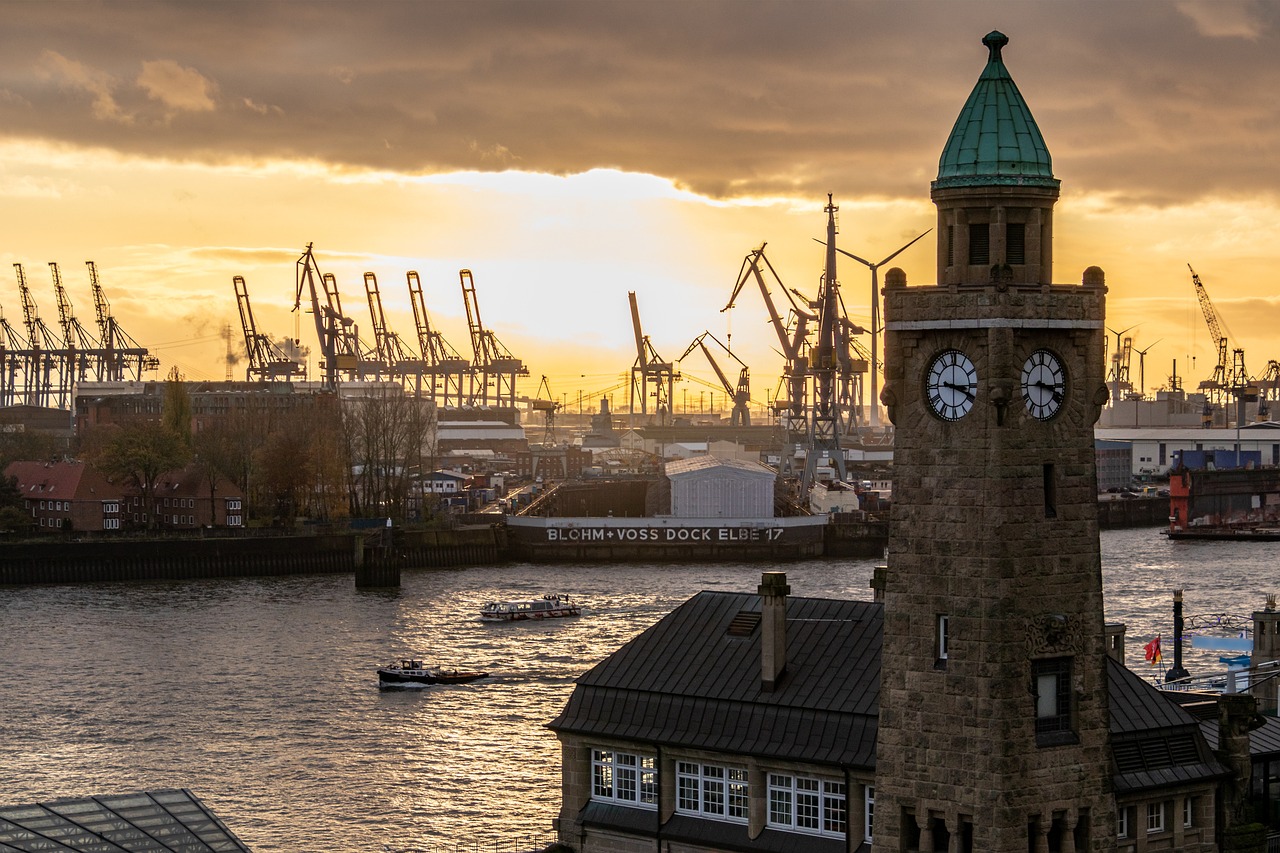
World Wars and Reconstruction
- World War I: Like many other cities in Germany, Hamburg suffered greatly during World War I. The city’s economy was severely impacted, and many historical buildings were destroyed.
- Nazi Regime: During the Nazi regime, Hamburg became a center of military production and suffered heavy bombings during World War II.
- Post-War Reconstruction: Following the war, Hamburg underwent extensive reconstruction efforts to rebuild its infrastructure and restore its cultural landmarks.
Modern Cultural Revival
- Rejuvenation of the Harbor: The revitalization of the Hamburg Harbor in the late 20th century played a crucial role in the city’s cultural revival. The harbor area, known as HafenCity, now features modern architecture, cultural institutions, and recreational spaces.
- Arts and Music Scene: Hamburg has a thriving arts and music scene, with numerous galleries, museums, and music festivals. The Elbphilharmonie, a world-class concert hall, has become an iconic symbol of the city.
- Gastronomy and Nightlife: Hamburg offers a diverse culinary scene, ranging from traditional fish markets to Michelin-starred restaurants. The city’s nightlife is buzzing with trendy bars, clubs, and live music venues.
Hamburg Germany Image 3:

Sustainability and Future Developments
- Sustainable Initiatives: Hamburg is committed to sustainability and has implemented various eco-friendly measures. The city aims to become carbon-neutral by 2035 and is known for its innovative urban planning.
- Smart City Concepts: Hamburg embraces smart city concepts, utilizing technology to improve efficiency, mobility, and quality of life for its residents.
- Urban Green Spaces: The city boasts numerous parks and green spaces, providing residents and visitors with recreational areas and promoting a healthy lifestyle.
Conclusion
Hamburg’s cultural evolution is a testament to its resilience and adaptability. From its humble beginnings as a trading outpost to its current status as a thriving cultural hub, the city has continuously reinvented itself. Hamburg’s rich history, vibrant arts scene, and commitment to sustainability make it a captivating destination for travelers seeking a unique cultural experience.
References
– hamburg.com
– hamburg.de
– germany.travel


